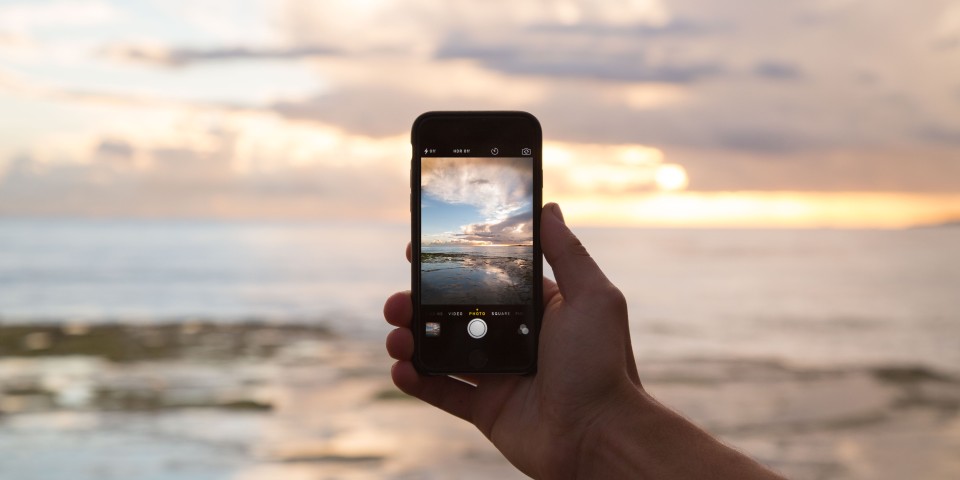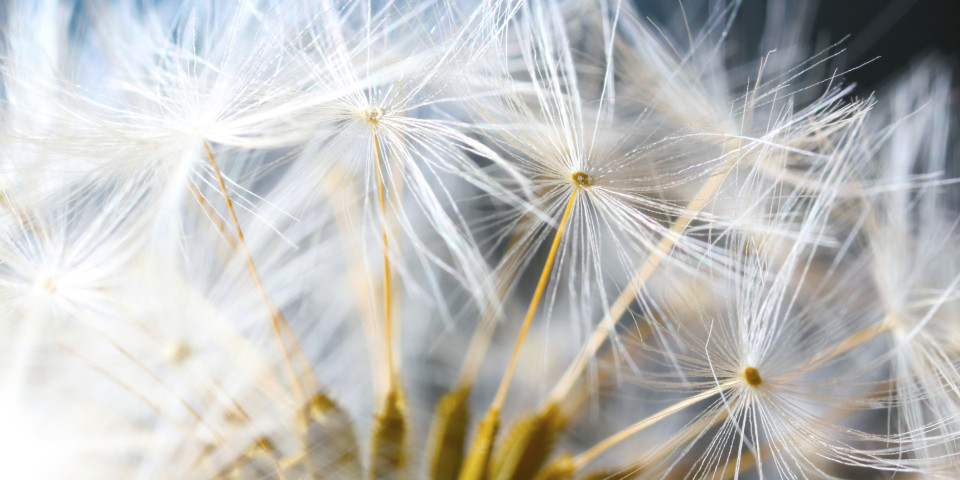Welcome to the inaugural entry of the ‘On the Road to Great Light’ blog. This blog will serve as a platform to share ideas, tips, tricks and techniques for lighting your subjects. I hope you will find it informative and entertaining – and most of all, inspire you to create your own photographic works of art.
Lighting is such a vast and interesting topic within the field of photography. For many who are interested, it can also be a bit of a mystery. There are so many subjects that we photograph that benefit from thoughtful lighting. Portraits, products, fashion, athletics, pets and more. You name it, and it probably can benefit from thoughtful lighting to really make an outstanding photo.
There are so many options when it comes to choosing how to light a subject. You have the option of simple continuous lighting, whether it be LED or tungsten ‘hot’ lights, speedlight style flash units, and studio ‘strobe’ flash units.
There are benefits and drawbacks to each of these solutions, and I’ll be exploring each of these options in greater detail in the coming entries to this blog. They key to making the right choice comes down to identifying which option provides the most benefit for the task at hand, and working around any shortcomings. For me, my primary concern when lighting anything is what level of control I have over the light and how it falls on the subject.
Without a doubt, the lighting option that offers the greatest degree of control are studio ‘strobe’ flash units. The term ‘strobe’ comes from the word stroboscopic, which describes a light that pulses a burst of light which we call a flash. Any type of flash unit can fall into this category, but the term ‘strobe’ has stuck for studio flash units over the years. It is also worth nothing that ‘studio’ lights do not have to be used in a studio. With the right brand of studio lights, you can use them almost anywhere, indoors and out, even in locations where there is no available power.
So, why studio strobes? Simply put, these flash units above all others give you the ultimate in control, flexibility and creative outcomes. Strobes allow you attach light modifiers made for the system, which completely change the light that comes out of the unit. The light can be made soft and flattering, or it can be made very high in contrast so as to create dynamic ‘edgy’ light, and everything in between. You can completely control the ‘mood’ of your photo and how the subject is perceived with the light that you use.
Being able to shape and control the light that illuminates your subject is a very big deal indeed. This is especially true when it comes to lighting portraits. A good studio strobe lighting system can open up a wealth of creative possibilities by utilizing the light modifiers available for them. And this to me is at the top of my ‘must have’ list when it comes to choosing a studio strobe system.
The beauty of a system with a vast selection of these light modifiers is that you can grow your lighting system over time, as your needs grow. You can start with simple but effective modifiers and then extend your abilities over the months and years with new, exciting modifiers to command the light as you see fit.
When I first started becoming interested in lighting portraits, I purchased my first lighting kit without any appreciation for what a good lighting investment should be. I simply didn’t know that modifiers were essential component of a good system. As I learned more about lighting I realized quite quickly that the kit I had purchased was extremely limited. The construction of the units I had bought at the time was not great, nor were they very flexible regarding power output and other relevant features.
Other properties such as quality construction and durability ultimately proved to be important as well, especially as I began to take the kit with me for location photoshoots. So if you’re actively considering a strobe lighting kit, please don’t repeat the mistakes I made when I bought mine. Place great value in a healthy selection of good light modifiers – and look for something built well that will last. To be fair, when I bought my first lighting kit some time ago the options for something affordable were much more limited than they are today.
In the coming weeks and months I’ll be showing examples of some of my work using all kinds of lighting techniques, and the modifiers needed to create the end result. I hope you’ll tune in, ask questions, get inspired and create!







